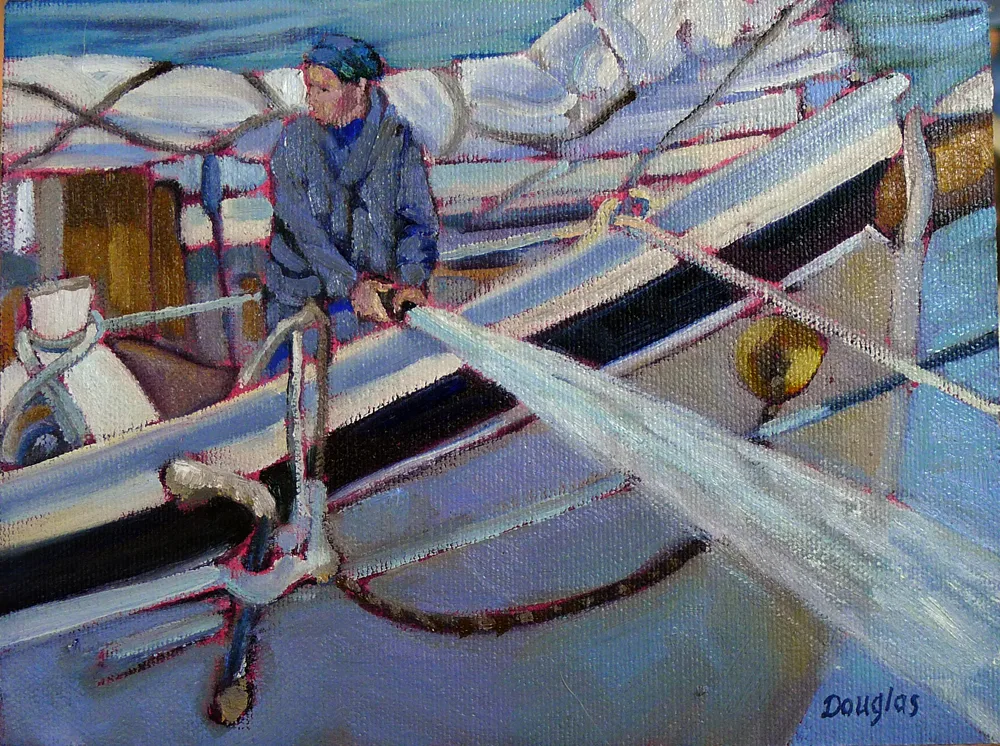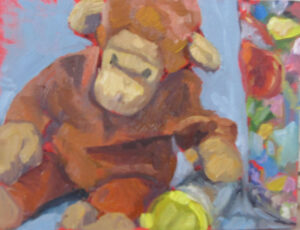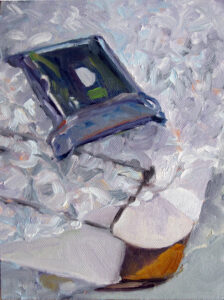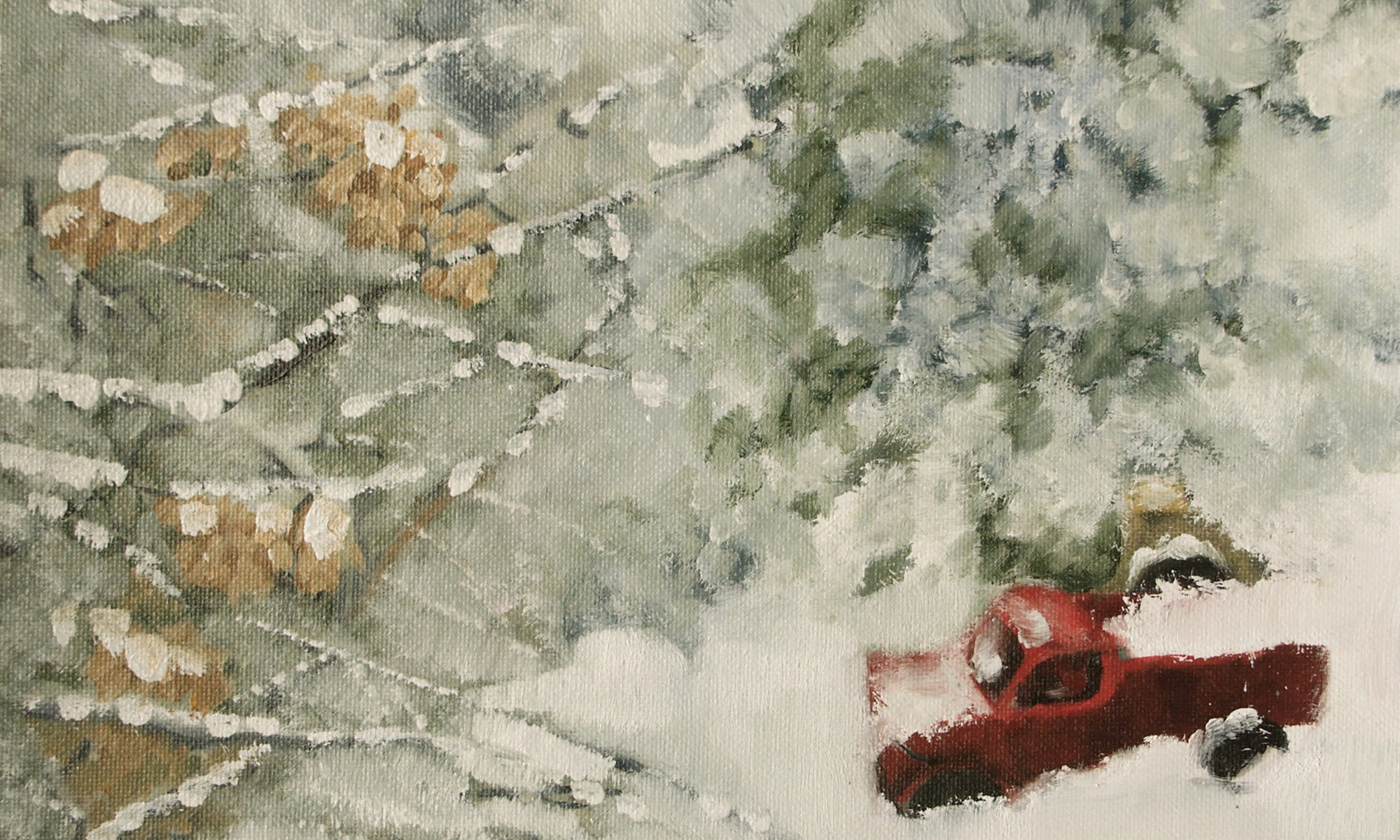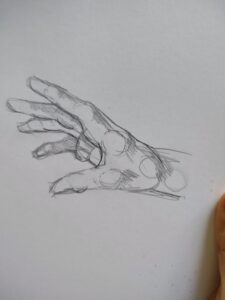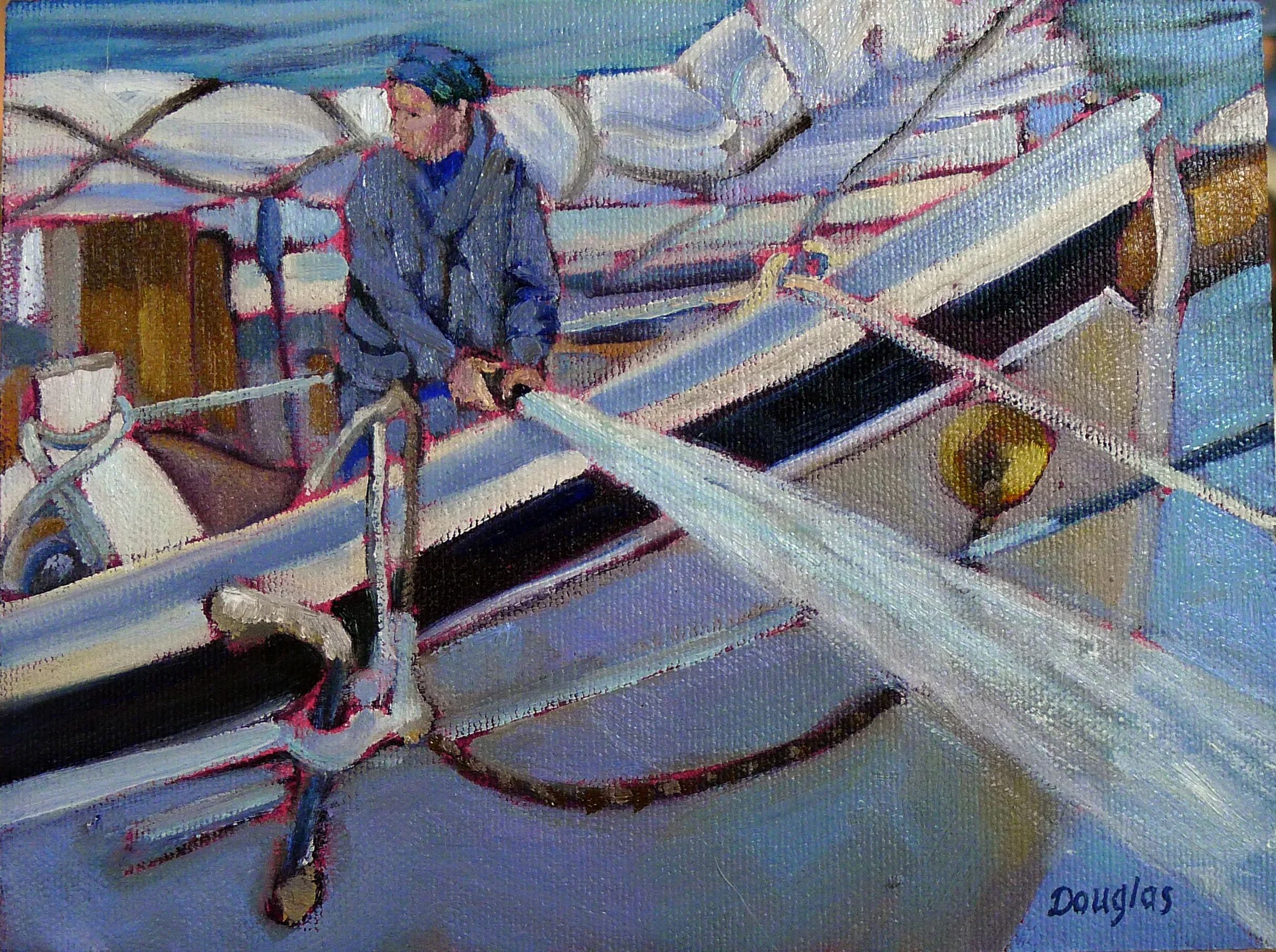
“Finishing, mounting, framing, prepping, switching out the last mixed colors on my palette… this art @#$% is a lot of work,” one of my students texted as he prepared for a show.
That’s why my first question to someone who wants to become a professional artist is, “Do you really want to work that hard?” I’m blessed to be able to support myself as an artist, but I’m under no illusion about what goes into a successful art career. Some weeks, very little of my time is spent painting.
Here are the ways an art career can mess with your head:
Financial instability: Many professional artists face financial challenges when starting out. It takes time to establish a reputation and generate a steady income from art sales, but it can be done. Professional artists are the canaries in the coal mine when it’s time for an economic downturn, and they will come. Make sure you have a backup plan.
The need for endless self-promotion: Yes, a successful art career rests on marketing ourselves and our work, and building a brand is crucial for success. But self-promotion is challenging to most normal people. I never want to be the person who says, “But enough about me; how do you like my hair?”
Subjectivity: While there are objective standards by which to judge art, success itself is highly subjective. It may have more to do with your external circumstances (your strong white teeth, who you know, being at the right place at the right time) as the quality of your work.
All of us hate rejection: Yesterday I was texting with a person who was rejected for a show for which I thought he was a shoo-in. We’ve all been there. Over time, we either develop thicker skins or we move on to doing something else, but at times we all complain bitterly about jurying. The wisest of us do it quietly, to our trusted friends.
The push and pull of communication and isolation: Art is communication, but creating art is a solitary activity. There’s great tension between needing to talk through our work at the same time as we should be buckling down alone in our studios. (Resolving that tension is one of the benefits of classes and workshops.)
Balancing creativity and commercialism: The professional artist must find a balance between creating art for personal fulfillment and art that sells. Omphaloskepsis is the luxury of the person who doesn’t need to work, but at the same time, there’s no point to churning out lighthouse paintings on black velvet. Your art career needs to find a happy medium.
No job security, no 401K, no PTO: As bad as corporate benefits have become, professional artists are, in comparison, out on the highwire without a net. We work project-to-project, often a year or more before we show our work. Our financial management must be very keen or we’ll be working at Walmart before you can say Jack Robinson, whoever he was.
Constant skill development: You never totally master painting; you just keep refining your skills until your hands fall off. A successful art career requires mastering new technologies and concepts. Staying relevant means continuously leaning into them. The art world bears little resemblance to that of my youth. Overall, I think the changes are great, but they do keep me on my toes.
Constantly foraging for opportunity: Securing exhibition opportunities and commissions is competitive and challenging. Next time you’re debating curling up with a good book or going to that opening, consider your art career and put your shoes on.
That blasted time management: I started writing this because something knocked me for a loop yesterday. I flitted between unrelated tasks all day rather than buckling down to what I had intended to do. Juggling multiple projects is the hardest part of my job.
My 2024 workshops:
- Painting in Paradise: Rockport, ME, July 8-12, 2024.
- Sea & Sky at Schoodic, August 4-9, 2024.
- Find your authentic voice in plein air: Berkshires, August 12-16, 2024.
- Art and Adventure at Sea: Paint Aboard Schooner American Eagle, September 15-19, 2024.
- Immersive In-Person Workshop: Rockport, ME, October 7-11, 2024.

